7 Exciting Ways to Maximize Solar Panel Efficiency and Save More!
7 Exciting Ways to Maximize Solar Panel Efficiency and Save More!
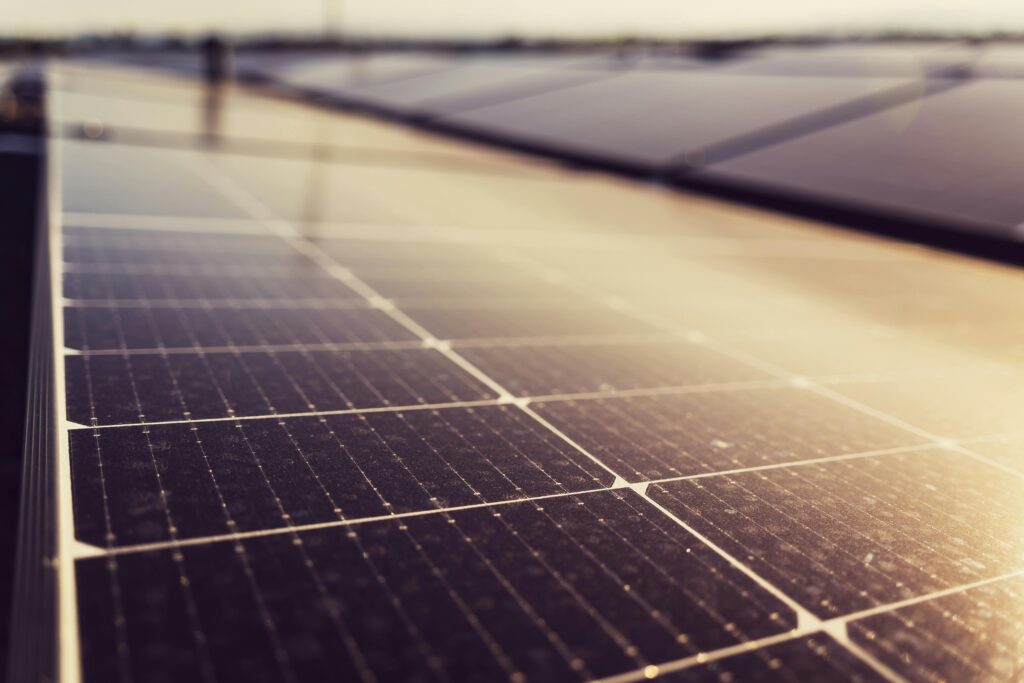
Harnessing solar power is an efficient and eco-friendly way to meet your energy needs. This comprehensive guide covers critical topics such as net metering, photovoltaic cells, solar panel efficiency, and more to help you make informed decisions and optimize your solar energy system.
Table of Contents
1. Understanding Net Metering
What is Net Metering?
Net metering is a billing system that allows solar energy users to send excess electricity back to the grid and receive credits. This way, when your panels produce more electricity than you need, the surplus is stored for future use.
How Does Net Metering Work?
During sunny days, your solar panels might generate more electricity than you consume. Net metering lets you send this extra power to the grid, effectively running your meter backward. When you need more power than your panels generate, you can use the credits you’ve accumulated.
Benefits of Net Metering
Cost Savings:
- Reduces your electricity bills by offsetting costs with the credits earned.
Energy Efficiency:
- Helps balance your electricity usage over the year.
Environmental Impact:
- Encourages the use of renewable energy sources.
2. Photovoltaic Cells: The Heart of Solar Panels
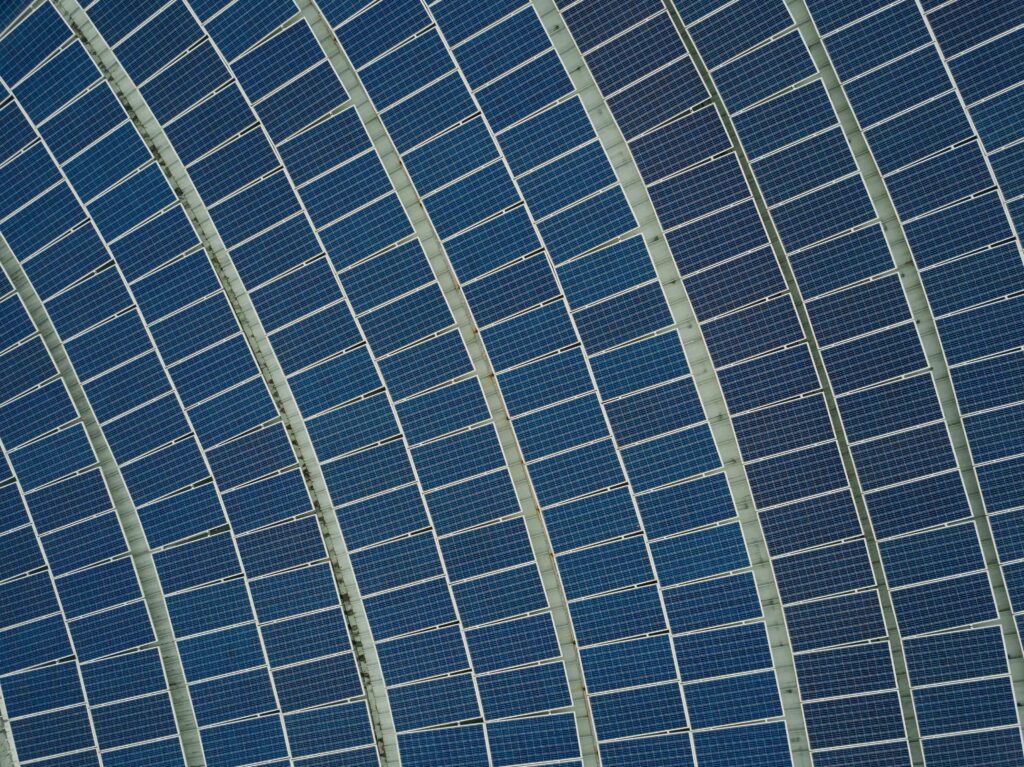
What are Photovoltaic Cells?
Photovoltaic (PV) cells are the components of solar panels that convert sunlight into electricity. They are made from semiconductor materials, primarily silicon, that absorb photons and release electrons, generating an electric current.
Types of Photovoltaic Cells
Monocrystalline Silicon Cells:
- Known for high efficiency and durability.
Polycrystalline Silicon Cells:
- More affordable but slightly less efficient.
Thin-Film Cells:
- Flexible and lightweight, ideal for specific applications but generally less efficient.
3. Maximizing Solar Efficiency
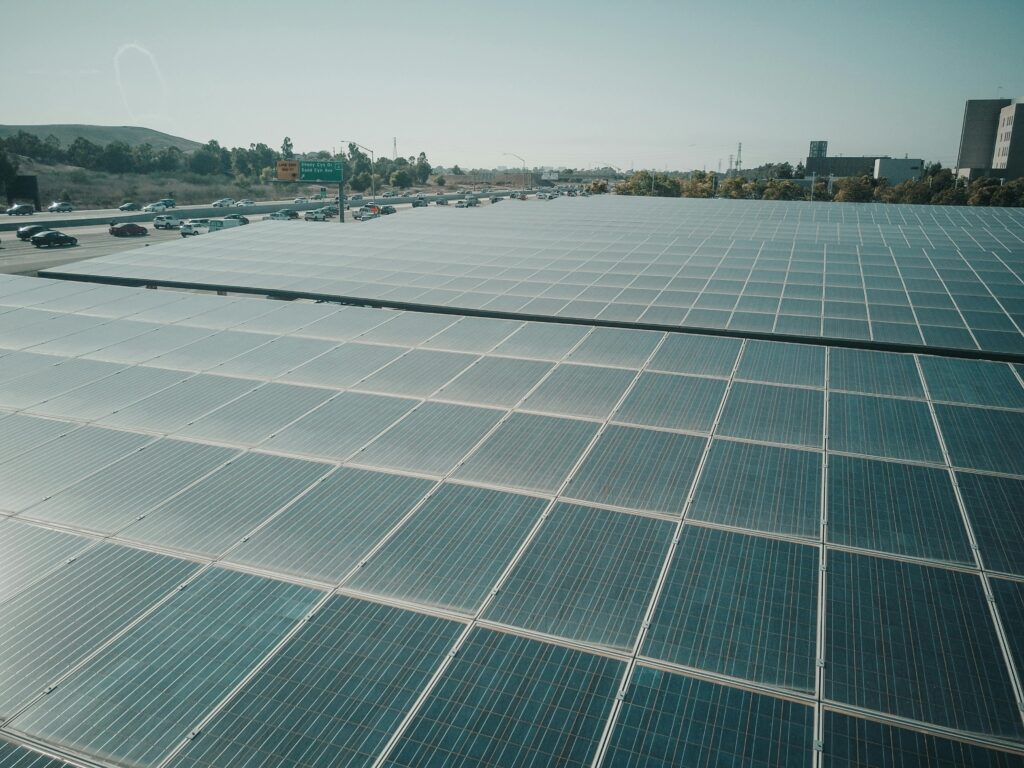
Factors Affecting Solar Panel Efficiency
Solar panel efficiency is determined by the percentage of sunlight converted into usable electricity. Several factors influence this efficiency:
Quality of PV Cells:
- Higher quality cells usually mean higher efficiency.
Temperature:
- Solar panels can lose efficiency in high temperatures.
Shade and Dirt:
- Shadows and debris can significantly reduce efficiency.
How to Improve Solar Efficiency
Choose High-Quality Panels:
- Opt for panels with higher efficiency ratings.
Proper Installation:
- Ensure panels are installed in an optimal location, free from shade.
Regular Maintenance:
- Keep panels clean and free from debris.
4. Solar Energy Storage Solutions
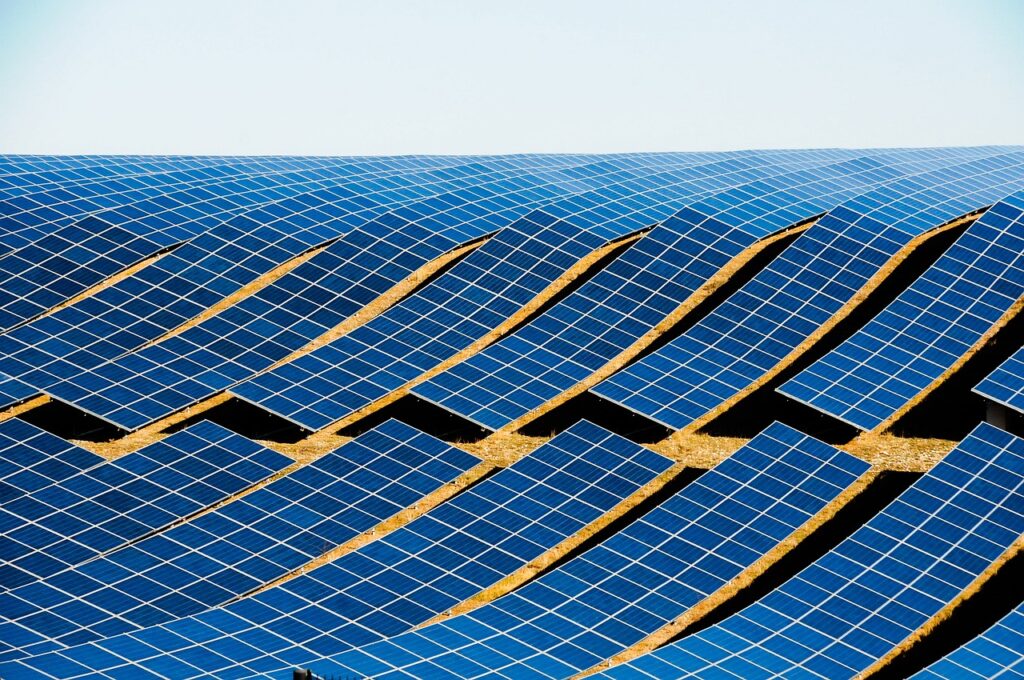
Importance of Energy Storage
Energy storage systems, such as batteries, store excess energy generated by solar panels for use when production is low, such as at night or during cloudy days.
Types of Solar Energy Storage
Lithium-Ion Batteries:
- Popular for their efficiency and longer lifespan.
Lead-Acid Batteries:
- More affordable but have a shorter lifespan and lower efficiency.
Flow Batteries:
- Offer long-term storage and are highly durable but are more expensive.
Benefits of Solar Energy Storage
Energy Independence:
- Reduces reliance on the grid.
Cost Savings:
- Maximizes the use of solar energy, reducing utility bills.
Backup Power:
- Provides power during outages.
5. Understanding Solar Panel Efficiency
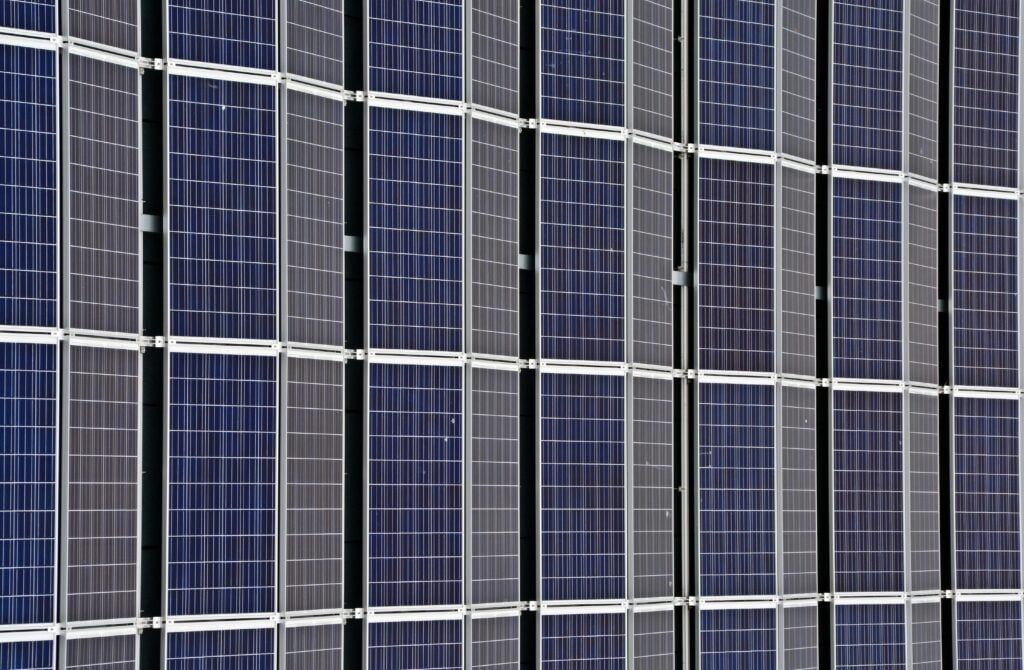
What is Solar Panel Efficiency?
Solar panel efficiency measures how well a panel converts sunlight into electricity. It’s expressed as a percentage of the solar energy hitting the panel that is converted into electrical energy.
Factors Influencing Efficiency
Material Quality:
- Monocrystalline panels are generally more efficient than polycrystalline or thin-film panels.
Manufacturing Technology:
- Advances in technology can improve efficiency rates.
Environmental Conditions:
- Temperature, shading, and cleanliness all affect performance.
Top High-Efficiency Solar Panels
SunPower:
- Known for industry-leading efficiency.
LG:
- Offers high-quality, efficient solar panels.
Canadian Solar:
- Combines efficiency with affordability.
6. Solar Panel Wattage: What You Need to Know
Understanding Solar Panel Wattage
Wattage indicates the power output of a solar panel under standard conditions. Higher wattage panels produce more electricity.
Choosing the Right Wattage
Energy Needs:
- Assess your household’s energy consumption to determine the required panel wattage.
Roof Space:
- Limited roof space may require higher wattage panels to meet energy needs.
Budget:
- Higher wattage panels can be more expensive but offer better performance.
7. Designing Your Solar System
Steps to Design an Efficient Solar System
Assess Energy Needs:
- Calculate your average energy consumption.
Evaluate Roof Space:
- Determine the available space for panel installation.
Choose the Right Panels:
- Select panels based on efficiency, wattage, and budget.
Incorporate Energy Storage:
- Consider adding batteries for energy storage.
Hire a Professional:
- Ensure proper installation and compliance with local regulations.
Importance of Professional Installation
Professional installers ensure your system is set up correctly, optimizing performance and ensuring safety. They can also help with permits and incentives.
8. Cost Considerations and Incentives
Calculating Solar System Costs
Factors influencing costs include:
Panel Type:
- High-efficiency panels are more expensive.
System Size:
- Larger systems cost more but offer greater savings.
Installation:
- Professional installation adds to the cost but is essential for optimal performance.
Available Incentives
Federal Tax Credit:
- Offers a 30% tax credit for solar system installation.
State Rebates:
- Many states offer additional incentives and rebates.
Net Metering:
- Reduces bills by crediting excess energy sent to the grid.
9. Maintaining Your Solar System
Importance of Regular Maintenance
Regular maintenance ensures your solar system operates at peak efficiency, prolongs its lifespan, and maximizes your investment.
Maintenance Tips
Clean Panels Regularly:
- Remove dust and debris to maintain efficiency.
Monitor Performance:
- Use monitoring systems to track energy production and identify issues.
Schedule Inspections:
- Regular professional inspections can catch and fix problems early.
10. Future Trends in Solar Technology
Emerging Technologies
Bifacial Panels:
- Capture sunlight from both sides, increasing efficiency.
Perovskite Cells:
- Potential to surpass silicon in efficiency.
Solar Skins:
- Customizable designs that blend with roof aesthetics.
The Future of Solar Energy
Advancements in technology and decreasing costs are making solar power more accessible. The integration of smart home systems and AI can further optimize energy use and savings.
The Science Behind Solar Panel Efficiency
Understanding the science behind solar panel efficiency can help you make informed decisions about your solar energy system. Solar panels convert sunlight into electricity through photovoltaic cells, which are made of semiconductor materials. When photons from sunlight hit these cells, they release electrons, generating an electrical current. The efficiency of this process determines how much of the sunlight is converted into usable energy. High-efficiency panels use advanced materials and technologies to improve this conversion rate, making them a valuable investment for maximizing energy output.
In addition to the materials used, the design and placement of solar panels play a crucial role in their efficiency. Panels should be installed at the optimal angle and orientation to capture the most sunlight throughout the day. Regular maintenance, such as cleaning and checking for shading, also ensures that your panels operate at their peak performance. By understanding these factors, you can better appreciate the value of investing in high-efficiency solar panels and how they contribute to your overall energy savings.
Innovative Solar Energy Storage Solutions
Solar energy storage is a game-changer for homeowners looking to maximize their solar panel efficiency. Modern battery storage systems allow you to store excess energy produced during the day for use at night or during cloudy periods. This means you can rely less on the grid and make the most of the energy your panels generate. Innovations in battery technology, such as lithium-ion and solid-state batteries, offer greater storage capacity, longer life spans, and faster charging times compared to traditional lead-acid batteries.
Another exciting development in solar energy storage is the integration of smart technology. Smart storage systems can optimize energy usage based on your household’s consumption patterns, weather forecasts, and electricity rates. This technology not only helps you save money but also ensures that you have a reliable energy supply when you need it most. As these technologies continue to advance, the potential for efficient and cost-effective solar energy storage will only grow.
How Solar Panel Wattage Affects Your Energy Production
Solar panel wattage is a key factor in determining how much energy your solar system can produce. Wattage refers to the amount of power a panel can generate under standard test conditions. Higher wattage panels can produce more electricity, which means you can achieve greater energy savings with fewer panels. For example, a 400-watt panel will generate more energy than a 300-watt panel, making it a better choice for maximizing your solar system’s output.
When designing a solar system, it’s essential to consider both the wattage of the panels and the overall system size. A well-designed system balances panel wattage with the available roof space to ensure you get the most out of your installation. Additionally, high-wattage panels can be beneficial in areas with limited space, allowing you to generate more power without needing a large number of panels. Understanding how wattage impacts energy production helps you make better choices for your solar system and achieve your energy goals.
The Role of Solar System Design in Efficiency
The design of your solar system significantly impacts its efficiency and performance. A well-thought-out system design considers factors such as panel placement, tilt angle, and shading. Properly designed systems maximize sunlight exposure, reduce energy losses, and ensure optimal performance throughout the year. Working with experienced solar installers can help you design a system that meets your specific energy needs and takes full advantage of your available space.
In addition to physical design, integrating advanced technologies such as solar optimizers and inverters can enhance your system’s efficiency. Solar optimizers work by improving the performance of individual panels, while inverters convert the direct current (DC) produced by your panels into alternating current (AC) used by your home. By focusing on both the design and technology aspects of your solar system, you can achieve a highly efficient setup that delivers reliable energy savings.
Understanding the Impact of Climate on Solar Panel Efficiency
Climate plays a crucial role in the efficiency of solar panels. While solar panels are designed to operate in a variety of weather conditions, extreme temperatures and weather patterns can impact their performance. For instance, high temperatures can decrease the efficiency of solar panels, as they tend to perform less effectively when they become too hot. This is due to the temperature coefficient, which measures how much a panel’s efficiency decreases with rising temperatures. In hot climates, it’s essential to choose panels with a low temperature coefficient to minimize performance losses.
Conversely, in cooler climates, solar panels often perform better because they do not overheat. However, factors such as snow and ice can cover the panels and block sunlight, temporarily reducing their efficiency. Regular maintenance and proper installation can help mitigate these issues. By understanding how different climatic conditions affect solar panel performance, you can make informed decisions about panel selection and system maintenance to ensure optimal energy production throughout the year.
Exploring Different Types of Photovoltaic Cells
Photovoltaic cells, or solar cells, are the building blocks of solar panels, and their type can significantly influence overall panel efficiency. The most common types of photovoltaic cells are monocrystalline, polycrystalline, and thin-film. Monocrystalline cells are known for their high efficiency and sleek black appearance, making them a popular choice for residential solar installations. They are made from a single crystal structure, which allows them to perform well in limited space.
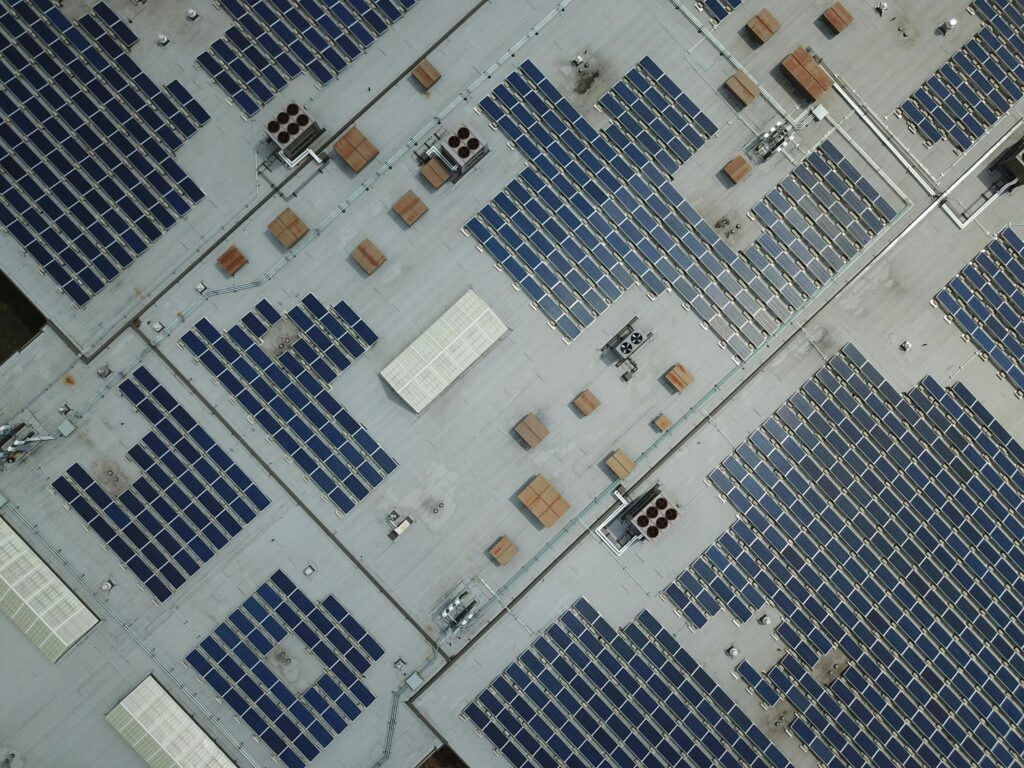
Polycrystalline cells, on the other hand, are made from multiple silicon crystals and are typically less efficient than monocrystalline cells. They have a bluish hue and are generally more affordable, making them a cost-effective option for larger installations where space is less of an issue. Thin-film cells are the least efficient of the three but offer flexibility and lightweight characteristics. They are suitable for applications where space and weight are concerns, such as on curved surfaces or portable solar devices. Understanding the different types of photovoltaic cells can help you select the best option for your specific needs and budget.
Maximizing Your Solar System’s ROI
Maximizing the return on investment (ROI) for your solar system involves more than just choosing high-efficiency panels. It includes factors such as system size, installation costs, and available incentives. By carefully evaluating these aspects, you can ensure that your investment in solar energy yields the best financial benefits. One of the most effective ways to maximize ROI is to take advantage of available incentives and rebates. Many governments and utility companies offer financial incentives for solar installations, which can significantly reduce the upfront costs and improve the overall ROI.
Additionally, optimizing your solar system’s performance through regular maintenance and monitoring can help you achieve the best possible returns. Regularly cleaning your panels, checking for shading issues, and ensuring that all system components are functioning correctly can prevent potential losses and maintain high efficiency. By being proactive about your solar system’s upkeep, you can maximize your savings and ensure a strong return on your investment over the system’s lifespan.
The Future of Solar Technology and Innovations
The future of solar technology is bright, with ongoing innovations promising to enhance efficiency and reduce costs. Emerging technologies such as bifacial solar panels, which capture sunlight on both sides, and advanced materials like perovskite cells are poised to revolutionize the industry. Bifacial panels can increase energy production by capturing reflected sunlight from surfaces below them, making them ideal for installations in areas with high albedo.
Perovskite cells, known for their potential to achieve high efficiency at lower costs, are a significant breakthrough in solar technology. Researchers are working to improve the stability and scalability of these cells to make them commercially viable. Additionally, advancements in solar panel design, such as flexible and transparent panels, are opening new possibilities for integrating solar technology into various applications. Staying informed about these developments can help you take advantage of the latest innovations and make the most of your solar investment.
Conclusion
By understanding key aspects of solar power, from net metering and photovoltaic cells to efficiency and storage, you can design an efficient and cost-effective solar system for your home. Regular maintenance and staying informed about emerging technologies will help you maximize your investment and contribute to a sustainable future.
Note:
If You Have any Doubts or Queries,Feel Free To Contact Us On Our LinkedIn Page!
FAQs
What is net metering?
Net metering allows you to send excess solar energy to the grid in exchange for credits, reducing your electricity bills.
How do photovoltaic cells work?
Photovoltaic cells convert sunlight into electricity using semiconductor materials.
What affects solar panel efficiency?
Factors include the quality of PV cells, temperature, shading, and cleanliness.
Why is energy storage important?
Energy storage systems store excess solar energy for use when production is low, ensuring a continuous power supply.
What is the average efficiency of solar panels?
Most commercially available solar panels have an efficiency between 15% and 20%.
How can I maximize my solar system’s efficiency?
Choose high-quality panels, ensure proper installation, maintain cleanliness, and avoid shaded areas.
What incentives are available for solar installations?
Incentives include the federal tax credit, state rebates, and net metering programs.
3 Responses